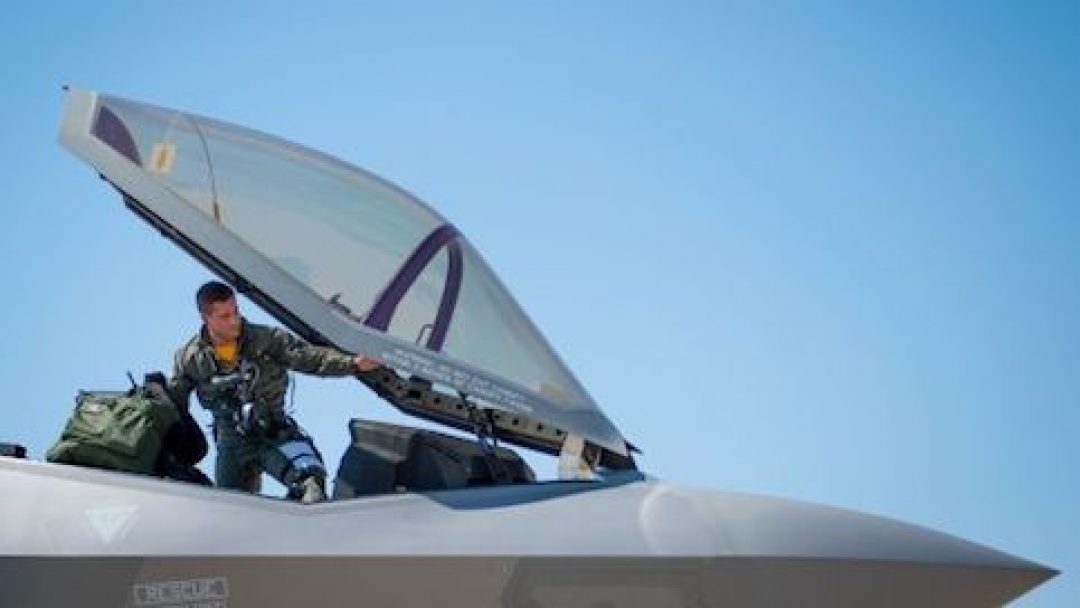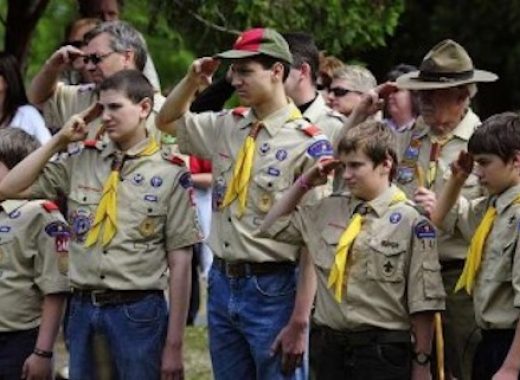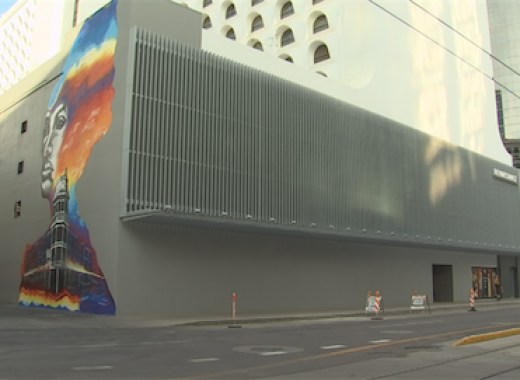As a result of a national pilot shortage, the Air Force has been left without enough pilots, maintenance crew and support staff needed to fully power the needs of the U.S. military.
Luke Air Force base is feeling effects of the shortage.
“Right now we don’t have enough of certain types of pilots to actually account for all the jobs that we need to do in the Air Force,” said Maj. William Andreotta, operations director for Luke’s 56th Training Squadron. “Those can be anything from here in the front line of actually flying the aircraft all the way to staff jobs that require pilot knowledge as a background to be able to do the job.”
In order to combat the issue, the Air Force is looking for more efficient training methods and throughout the state programs are assisting in the cause. The state is working to build passion at the high school level through instructing students on aspects of the roles of a pilot, mechanic and air-traffic controller.
The Air Force has 1,500 unfilled pilot positions as of September, which is believed to be due to the tough work lives that result in those in training opting for a better work-life balance. At Luke, a training base, there is also a shortage of fighter pilot instructors that is specific to F-16 and F-35 fighter jets.
According to Jensen Stidham, Luke spokesman, there were 58 instructor pilots that left 26 open F-16 pilot positions as of September. Only 85 of the 101 instructor-pilot positions were filled for F-35s.
There has also been a drop in available aircrafts as a result of aircraft mechanics being backlogged, which has created a cycle as the pilots available to train are depending on available aircrafts.
Making training more efficient is one way the Air Force is working to solve the problem.
“Where we can decrease the course length but not decrease the quality of the product that we’re sending out there, so that’s how we produce more” pilots, Andreotta said.
The Air Force’s goal is to have a majority of positions filled at 95 percent by 2024, but for fighter pilots the 95 percent will aim to be met by 2029.
An alternative to increasing the work force of fighter pilots is through the education of high schoolers.
High school students in Tucson are now learning what is required for building an airplane with help from the Southern Arizona Teen Aviation program that gets them involved. According to the program’s website, a Van’s Aircraft RV12 is being built and then will be flown.
By providing students with hands-on experience, they gain skills that will lead them into successful careers as pilots or aircraft mechanics.
“We’re trying to give the kids an opportunity to get their hands on an airplane, see what an airplane’s like, fly on an airplane, work with an airplane, build an airplane,” co-founder Alan Muhs said.
At Phoenix’s South Mountain High School, senior Jaja Obasi enrolled in his school’s aerospace program.
According to the Phoenix South website, those enrolled in the program learn aviation fields such as aircraft maintenance and air-traffic control, before being able to earn their FAA private pilot certificate.
For Obasi, aviation has become a love of his that he hopes to pursue in the future as a pilot.
“Then just getting up in the air, that feeling that you get in your stomach,” he said, describing what it’s like to fly.








